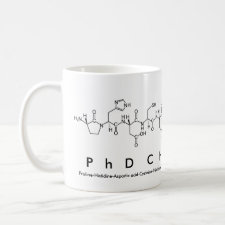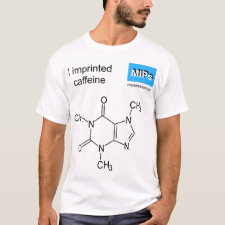
Authors: Sahoo P
Article Title: Molecular recognition of caffeine in solution and solid state.
Publication date: 2015
Journal: Bioorganic Chemistry
Volume: 58
Page numbers: 26-47.
DOI: 10.1016/j.bioorg.2014.11.002
Alternative URL: http://www.sciencedirect.com/science/article/pii/S0045206814001084
Abstract: The molecular recognition of caffeine in both solution and solid state is important to understand different enzymatic reactions i.e., enzyme-substrate interactions, immunological reactions in vivo, selective host-guest complexation and catalytic reactions in bio-mimetic chemistry. The weak intermolecular forces in recognition system direct the molecules toward self-linking in supramolecular engineering in the chemistry of life and material science. In this contribution, it has been illustrated the immense variety of receptors that have been designed for caffeine recognition in both solid and solution phase. The binding studies for the recognition of caffeine are reported by different research groups including our group. It is important to understand the goal of developing artificial molecular receptors, capable of binding very efficiently and very selectively with caffeine which is described elaborately in this context. The modern bioorganic chemistry concerns the design of synthetic molecules that mimic various aspects of enzyme chemistry and to understand their essential roles in biological systems. The stimulating effect of caffeine is not only exploited in nutrient technology but also in cosmetics and pharmaceuticals, which accounts for the economic importance of this particular additive. Although caffeine was first time isolated by Ferdinand Runge from coffee beans almost 200 years ago, it still has some surprise in hoard
Template and target information: Review - molecular recognition of caffeine
Author keywords: Synthesis of artificial receptors, molecular recognition, xanthines, Supramolecules, Pharmaceutical co-crystals, host-guest chemistry



Join the Society for Molecular Imprinting

New items RSS feed
Sign-up for e-mail updates:
Choose between receiving an occasional newsletter or more frequent e-mail alerts.
Click here to go to the sign-up page.
Is your name elemental or peptidic? Enter your name and find out by clicking either of the buttons below!
Other products you may like:
 MIPdatabase
MIPdatabase









